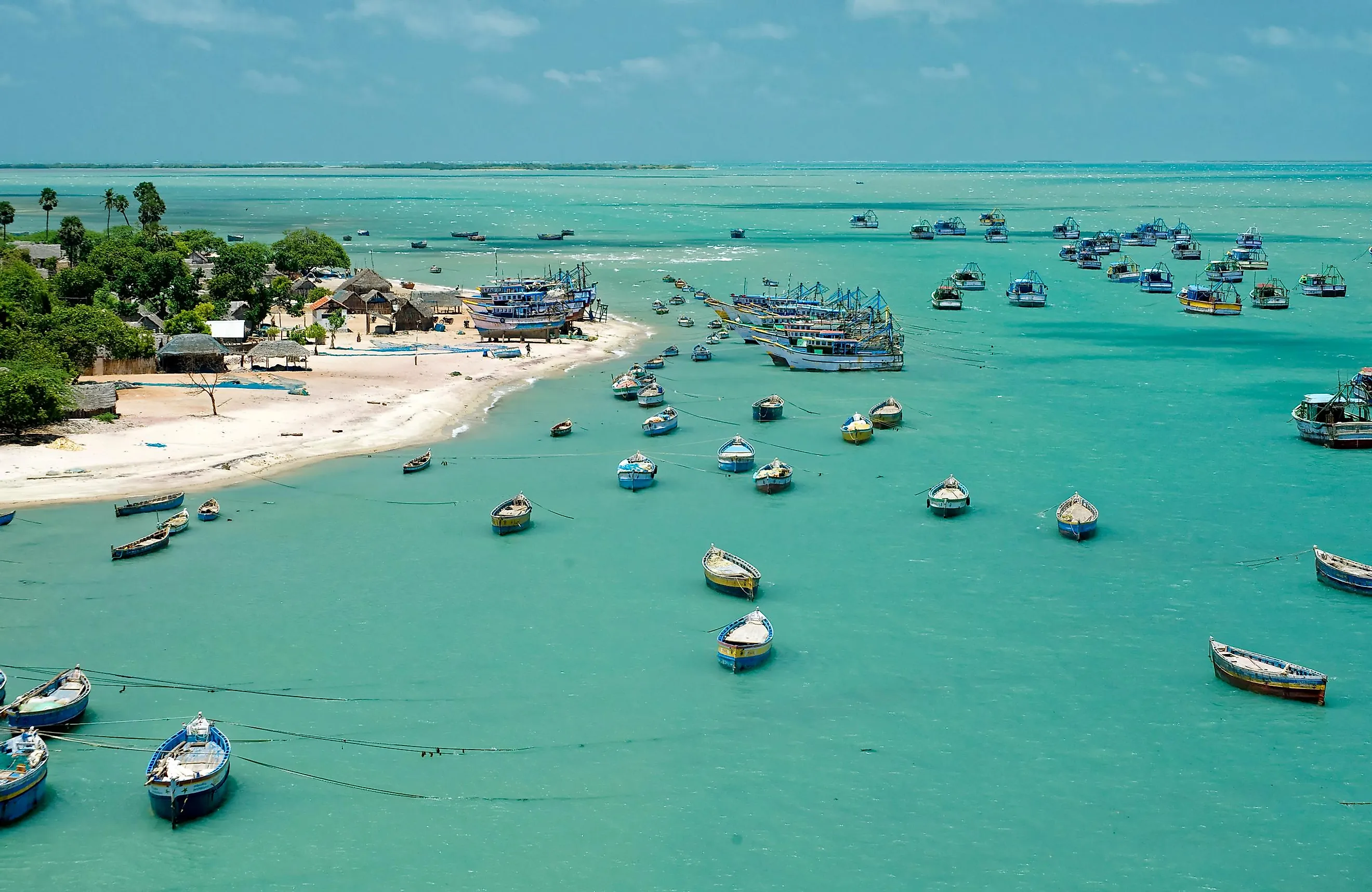
Gulf Of Mannar
Along the southeast coast of India lies the Gulf of Mannar, a part of the Laccadive Sea of the Indian Ocean, containing 21 islands and, most importantly, a large array of protected marine life. Although it comprises relatively shallow waters with an average depth of just under six meters, the Gulf of Mannar is well-known for being a hub for documenting existing species of flora and fauna. It is important to recognize the significance of the conservation of life within the Gulf, one that has the iron-clad support of the Government of India.
Location And Environment
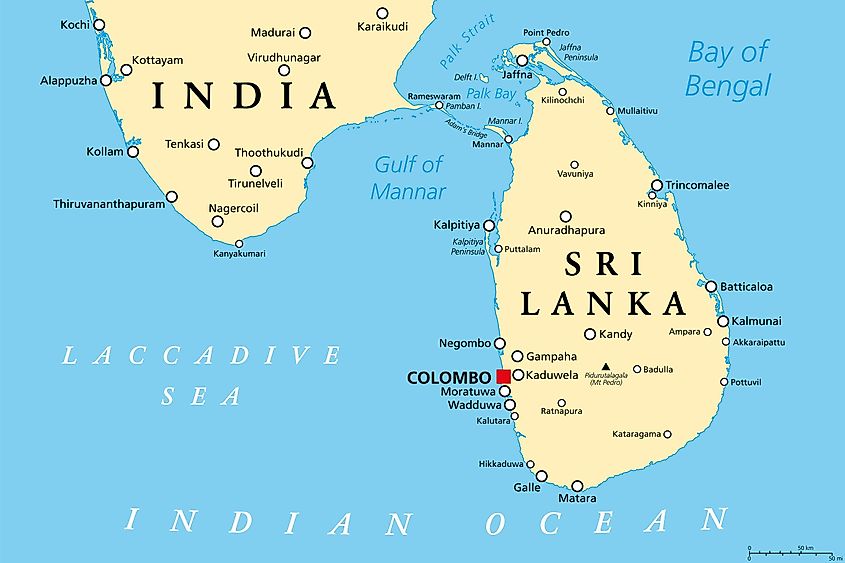
The Gulf of Mannar spans a total distance of around 125 miles in breadth and 100 miles in length between the northwest coast of Sri Lanka and the southeast coast of India. The Tambraparni River runs into the Gulf, and the Aruvi River, as well as the thriving port of Tuticorin, are in close proximity, giving it an advantageous position for visitors and workers. The Gulf's stunning blue waters and warm, relaxing temperature are due to its tropical location, ample sunlight, and favorable climatic circumstances. The Gulf of Mannar is now the perfect paradise for marine and coastal aficionados because of the area's dedication to animal protection and restoration initiatives.
History
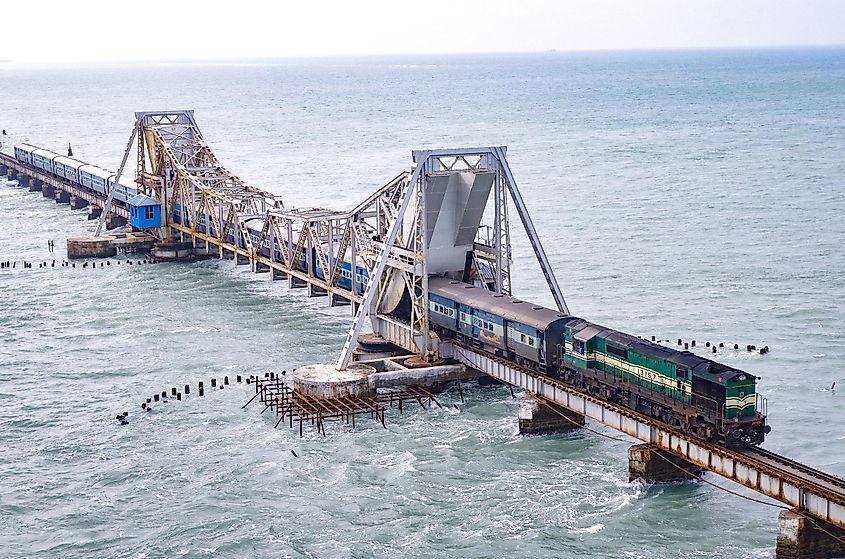
So, can you visit the Gulf of Mannar and see firsthand all of the wondrous marine life inhabiting its waters? Yes, the Gulf became a protected national park in 1986, earning the name of Gulf of Mannar National Park. Three years later, in 1989, the Government of India declared it as the first Marine biosphere of India. Prior to its protection, the Gulf of Mannar was losing its wildlife to things like immoral fishing tactics and the introduction of harmful life forms damaging its original inhabitants. The coral reefs suffered a great loss that has only been undergoing a revamp in the past 20 years thanks to artificial reefs and efforts to eradicate the parasitic foreign marine life. Although the Gulf has not been subjected to mass overfishing, it has been victim to fishers using methods that are harmful to the overall ecosystems in order to catch what they're after. Many coral reefs were destroyed or damaged by improper fishing equipment and methods. This remains an ongoing issue that conservation is looking to solve.
Things To Do
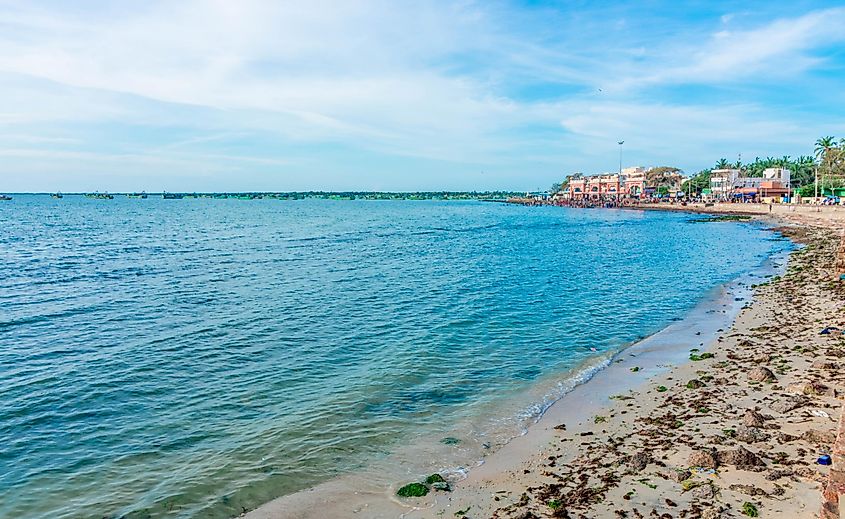
Of course, snorkeling is the number one activity offered in the Gulf as it allows visitors to see the ecosystems up close and appreciates the park's efforts in conserving the Gulf's marine life. The Gulf of Mannar has one of the world's most lively and diverse marine locations that are breathtaking and truly one of a kind. On land, there are plenty of sights to visit, one being the Ramanathaswamy Temple, a Shiv temple located on the Ramanathaswamy island in the Gulf. Constructed nearly one thousand years ago with a 1000-pillared hall, it's one of India's most revered and sacred historical sights. For a more peaceful getaway, visitors often go to the Danushkodi beach and relax along its white sand shores and swim in the clear waters. Visitors can also take a walk through the dunes of Adam's Bridge, a natural, thin stretch of land connecting India to Sri Lanka that runs through the Gulf of Mannar.
Marine Life
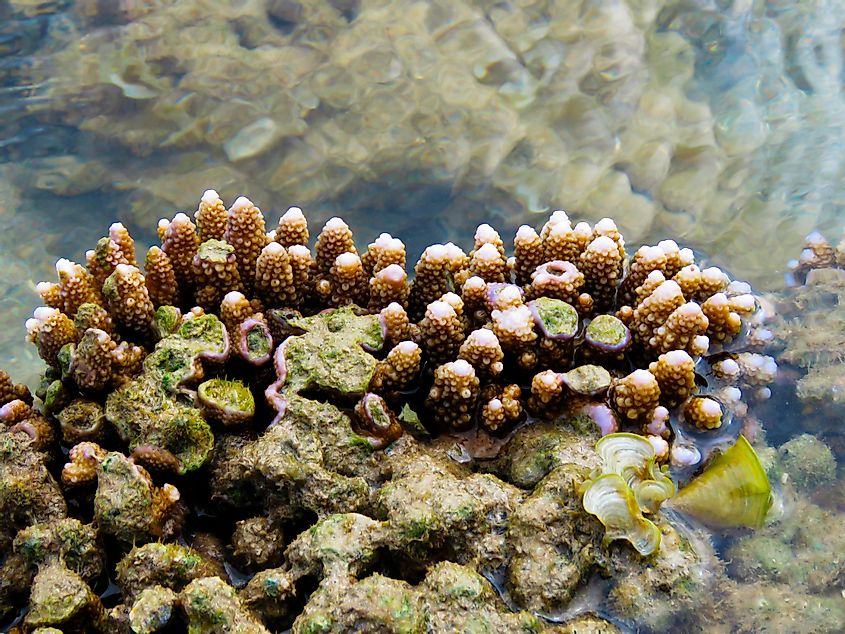
Coral isn't the only ecosystem drawing visitors to peek into the Gulf of Mannar's waters. There are three different ecosystems found in the Gulf: the seagrass beds, mangroves, and the coral reef. In the seagrass beds, endangered marine life, specifically sea turtles and the Dugong (also known as the sea cow), are being given a chance to repopulate and hopefully thrive once more. Other wildlife, such as seahorses, milkfish, and sea snakes, can be found in the Gulf, along with hundreds of different species of fish. Being so rich in biodiversity is one of the many key reasons why the Gulf of Mannar National Park is being protected, revived, and nurtured.
Despite the years of destruction caused to the Gulf, the reconstructive efforts are steadily repairing centuries-old damage. Most local fisheries are aware of the intricacies of the ecosystems found in the Gulf, and those protecting it remain vigilant in informing those who are not aware or are going against the approved fishing rules and regulations. To this day, the Gulf of Mannar remains a hub for diverse marine life and a beautiful destination to appreciate local wildlife and relax in warm waters.










